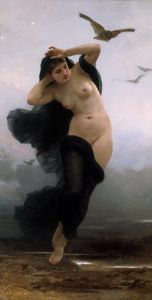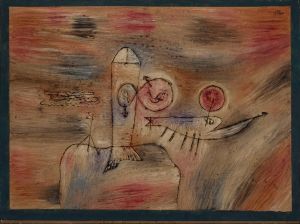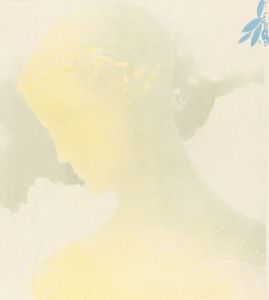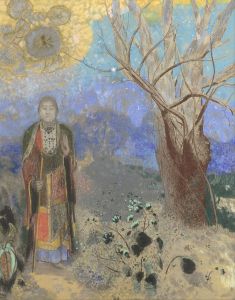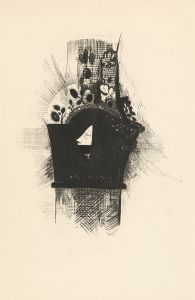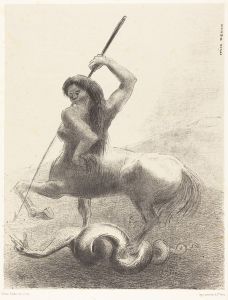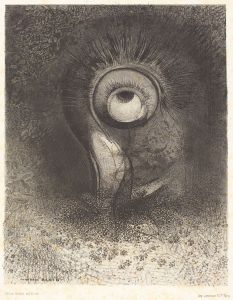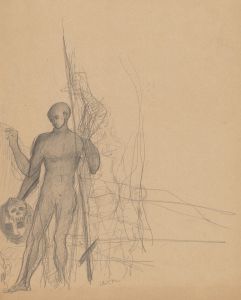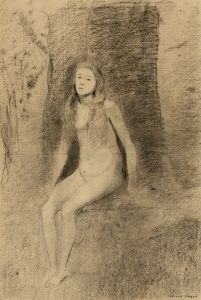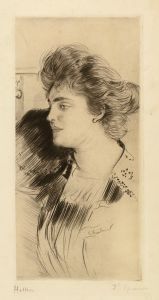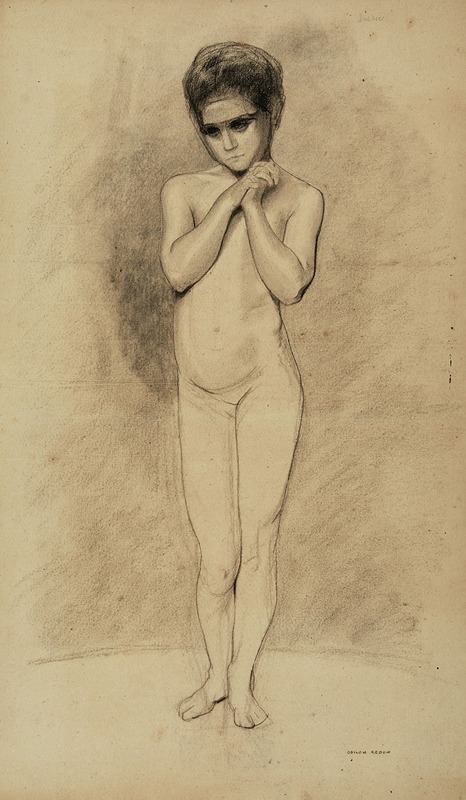
Enfant nu
A hand-painted replica of Odilon Redon’s masterpiece Enfant nu, meticulously crafted by professional artists to capture the true essence of the original. Each piece is created with museum-quality canvas and rare mineral pigments, carefully painted by experienced artists with delicate brushstrokes and rich, layered colors to perfectly recreate the texture of the original artwork. Unlike machine-printed reproductions, this hand-painted version brings the painting to life, infused with the artist’s emotions and skill in every stroke. Whether for personal collection or home decoration, it instantly elevates the artistic atmosphere of any space.
Odilon Redon (1840–1916) was a French symbolist painter, printmaker, draughtsman, and pastellist, known for his unique and imaginative works that often explored themes of dreams, fantasy, and the subconscious. One of his lesser-known works is "Enfant nu," which translates to "Nude Child." While there is limited specific information available about this particular piece, it can be contextualized within Redon's broader body of work and artistic style.
Redon was a prominent figure in the Symbolist movement, which emerged in the late 19th century as a reaction against the naturalism and realism that dominated the art world at the time. Symbolists sought to express the emotional and spiritual experiences of the human psyche, often through the use of dreamlike imagery and symbolic content. Redon's work is characterized by its ethereal quality, often featuring fantastical creatures, mysterious landscapes, and figures that seem to exist in a world beyond the tangible.
"Enfant nu" likely reflects Redon's interest in exploring the innocence and vulnerability of childhood, a theme that appears in various forms throughout his oeuvre. Redon often depicted children and infants in his works, sometimes placing them in surreal or otherworldly settings. This approach aligns with his broader interest in the dream state and the exploration of the subconscious mind.
Redon's technique varied throughout his career, ranging from charcoal drawings and lithographs to vibrant pastels and oil paintings. His early works, often referred to as his "noirs," were primarily executed in black and white, using charcoal and lithography to create moody, atmospheric compositions. These pieces often featured haunting imagery and a sense of mystery. As his career progressed, Redon began to incorporate more color into his work, eventually producing vivid pastels and oil paintings that retained the dreamlike quality of his earlier pieces.
While specific details about "Enfant nu" are scarce, it is likely that the piece embodies Redon's characteristic style, blending realism with elements of fantasy. The depiction of a nude child may serve as a symbol of purity and the untainted nature of the human spirit, themes that resonate with the Symbolist movement's focus on inner experience and emotional depth.
Redon's influence extended beyond the Symbolist movement, impacting later artists and movements, including the Surrealists, who admired his ability to convey the complexities of the human mind through imaginative and often enigmatic imagery. His work continues to be celebrated for its originality and its capacity to evoke a sense of wonder and introspection.
In summary, while specific information about "Enfant nu" by Odilon Redon is limited, the piece can be appreciated within the context of Redon's broader artistic vision. His exploration of childhood, dreams, and the subconscious mind, combined with his innovative use of color and form, make his work a significant contribution to the Symbolist movement and the history of modern art.





